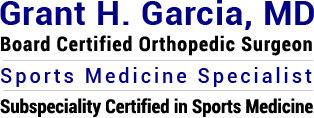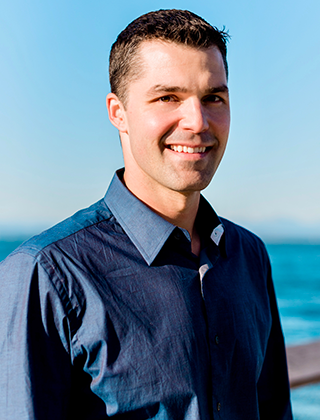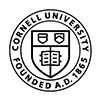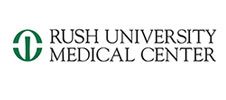AC Joint Separation
AC Joint injury,shoulder separation , treatment - Everything You Need To Know - Dr. Nabil Ebraheim
Content from orthobullets.com
Background:
- an acromioclavicular joint injury, otherwise known as a shoulder separation, is a traumatic injury to the acromioclavicular (AC) joint with disruption of the acromioclavicular ligaments and/or coracoclavicular (CC) ligaments
- treatment is immobilization or surgical reconstruction depending on the degree of separation and ligament injury.
- incidence
- common injury making up 9% of shoulder girdle injuries
- demographics
- more common in males and athletes
- mechanism
- direct blow to the shoulder
- often sustained while falling onto the shoulder
Epidemiology
Pathophysiology
Dr. Garcia demonstrates his cutting edge technique for revision AC reconstruction surgery
Anatomy:
- Stability
- static
- joint capsule
- acromioclavicular (AC) ligaments
- controls horizontal motion and anterior-posterior stability
- has superior, inferior, anterior and posterior components
- posterior and superior AC ligaments are most important for stability
- coracoclavicular (CC) ligaments
- controls vertical motion and superior-inferior stability
- two ligaments
- conoid
- medial
- inserts on clavicle 4.5cm medial to lateral edge
- most important for vertical stability
- trapezoid
- lateral
- inserts on clavicle 3cm medial to lateral edge
- conoid
- dynamic
- anterior deltoid
- trapezius
- static
Presentation:
- Symptoms
- pain
- usually over AC joint
- can also be referred to the trapezius
- pain
- Physical exam
- lateral clavicle or AC joint tenderness
- abnormal contour of the shoulder compared to contralateral side
- stability assessment
- horizontal (anterior-posterior) stability evaluates AC ligaments
- cross-body adduction
- horizontal instability (ISAKOS type 3B) may indicate need for more aggressive treatment
- vertical (superior-inferior) stability evaluates CC ligaments
- horizontal (anterior-posterior) stability evaluates AC ligaments
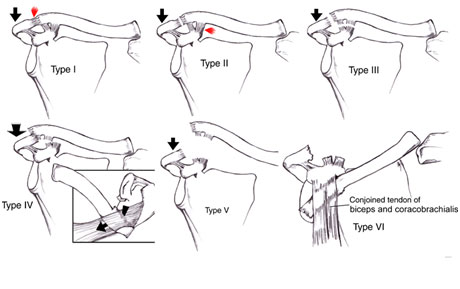
Check out Dr. Garcia’s minimally invasive and arthroscopic assisted AC joint reconstruction.
Treatment Options:
- Nonoperative
- brief sling immobilization, rest, ice, physical therapy
- indications
- type I and II
- type III in most individuals
- good results when clavicle displaced < 2cm
- rehab
- early shoulder range of motion
- regain functional motion by 6 weeks
- return to normal activity at 12 weeks
- consider corticosteroid injections
- outcomes
- type III treated non-op had higher DASH scores at 6 weeks and 3 months, and equal function at 1 year with lower rate of secondary surgery (removal of hardware) compared to those treated operatively
- complications
- AC joint arthritis
- chronic subluxation and instability
- indications
- brief sling immobilization, rest, ice, physical therapy
Check out Dr. Garcia’s new innovative technique for AC joint reconstruction.
Operative
- CC interval restoration (ORIF vs. Ligament Reconstruction)
- indications
- acute type IV, V or VI injuries
- recent studies suggest no difference in functional outcomes between operative and nonoperative interventions for high grade injuries
- acute type III injuries in laborers, elite athletes, patients with cosmetic concerns
- chronic type III injuries that failed non-op treatment
- historically it was thought acute injuries were treated with ORIF and chronic injuries were treated with CC ligment reconstruction
- however, new studies have shown no difference in outcomes in types III injuries treated surgically after 6 weeks non-op treatment versus immediate surgery
- historically it was thought acute injuries were treated with ORIF and chronic injuries were treated with CC ligment reconstruction
- acute type IV, V or VI injuries
- contraindications
- patient unlikely to comply with postoperative rehabilitation
- skin problems over fixation approach site
- techniques
- ligament reconstruction with soft tissue graft
- Modified Weaver-Dunn
- distal clavicle excision with transfer of coracoacromial ligament to the distal clavicle to recreate CC ligament
- autograft
- allograft
- Modified Weaver-Dunn
- fixation
- suture
- hook plate
- CC screw (Bosworth)
- cortical flip button (e.g Dog Bone)(+/- arthroscopic assistance)
- K-wire
- ligament reconstruction with soft tissue graft
- rehabilitation
- sling immobilization for 6 weeks, no shoulder range of motion
- return to full activity after 6 months
- indications
For more information visit orthobullets.com
